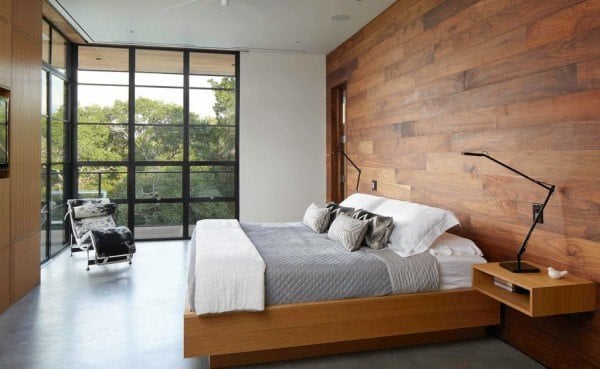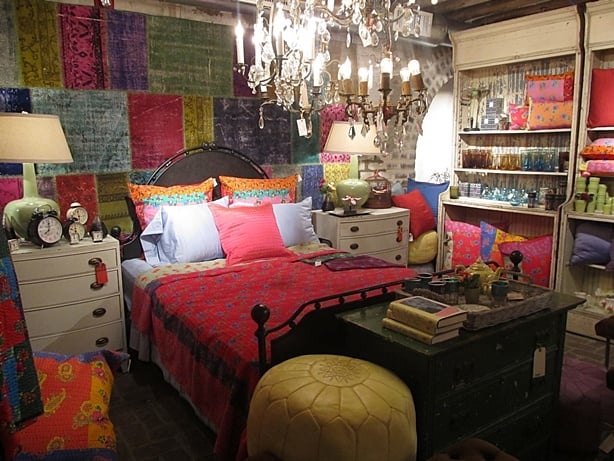These days it’s all about personal style. We are living in an age that allows us to capture and share our identities, through digital photography and social media, among people we know and even people we don’t. We can embrace our individual personalities and refine not only how we dress and groom ourselves, but also how we organize and decorate our living environment.
Styling our homes and creating a sanctuary where we dwell and evolve is a privilege. Whether we live alone, with a significant other, with a group of people or whether or not we have children; all these factors can contribute to what our home looks like and how it functions.
It is unrealistic to succumb to the pressure to live in a home that looks like a magazine spread; it just isn’t functional or practical. However we can understand what our taste is, what it says about our personality and how we can enhance the comfort of our living environment to create desirable surroundings. By understanding ourselves, we can also understand others and find a balance to suit everyone.
Are you a Minimalist?
Photo credit: via homedit.com
Minimalism is all about clean lines, empty spaces, plain colors and patterns, the ridding of clutter, the clearing of surfaces and the simplicity of having only what is necessary. It is about minimizing visual noise so that the focus is drawn to only a handful of items that are useful and practical. Minimalist decor embraces storage. It doesn’t mean you don’t have things; it just means they are organized and put away so that they are not constantly accessible and seen.
A minimalist room may feature light colored or naturally toned empty walls, with perhaps only one simple wall hanging or picture. It will include only the basic furniture for that room, which doesn’t have to be uncomfortable or coarse, just plain.
A bedroom may have only a simply dressed bed, perhaps one bed side table. An unadorned rug on the floor or no rug at all. Clothes, books, jewellery, shoes, blankets and other clutter are stored in a closed wardrobe or closet. Color schemes tend to be pale and minimalists opt for organic finishes. Embracing a minimalist style is quite simply living with less.
A person who prefers the minimalist style or philosophy of life tends to have a need for singularity and clarity. Joshua Becker from becomingminimalist.com says that it is about intentionality.
“(Minimalism) is marked by clarity, purpose, and intentionality. At its core, minimalism is the intentional promotion of the things we most value and the removal of everything that distracts us from it. It is a life that forces intentionality.”
Being minimalist isn’t just about owning less, it’s about shedding the need to focus on material possessions that easily become disposable to make way for the things that have true value and meaning. It is ridding oneself of the urge to acquire and accumulate and instead move away from the modern obsession with consumerism.
Are you a Maximalist?
Photo credit: via decor.clarkssurfarthawaii.com
Maximalism, while being completely the opposite to the minimalist style, isn’t necessarily about clutter or excess. It is however visually and spatially busier. Maximalist style is about bold colors, patterns and creativity. It fills a room with interest and variety. A space is brimming with life and history; it tells a story and gives priority to diversity of functionality.
Comfort is key in the maximalist style and allows for objects of convenience and practicality to be easily accessible and ever present. It is also ever changing and while it can be highly styled, a maximalist room can be dynamic and flexible.
A maximalist room will mix bright color with intricate and daring patterns flawlessly. There will be an abundance of options for seating and lying. Surfaces are plentiful and covered with both decorative and useful objects. Depending on the movement and activities of its inhabitants, a maximalist styled room may look different from one day to the next. If a person wants to read, it can look like a library – paint, an artist’s studio.
Plants feature heavily and one can bring the outdoors inside in a maximalist room. Every inch of space is utilized and there is no set equation or theme. Things don’t have to match. Maximalism is often accidental and can be the antithesis to having a set intention or deliberate design. Knowing the signs of a maximalist style can be the difference between a room just happening to being organized in this way.
A person who has maximalist tendencies values the gradual evolution of a space. They are often collectors and will display groups of objects that are not only beautifully created works of art that are valuable, but also represent some sort of meaning. Perhaps they have been collected from their travels or have been passed down through their family. Maximalists often indulge in the extreme and can transcend the need for order. They experience order within chaos and find it exciting and motivating; even inspiring.
Or are you both?
While having a tendency to be either minimalist or maximalist, most people will fall somewhere in between.
For most people living day to day, it is impossible to maintain a sanitary and completely clean minimalist environment, particularly if you have small children or pets or if you don’t live alone. Most people surrender control over their living environment and prefer to have a home as opposed to feeling like they live in a sanitary hotel room.
They enjoy having things that are sentimental to them and are too busy living their life to be concerned about maintaining a certain look. However, to maintain a calm and relaxed environment that is not only practical, but comfortable, some sort of organization and order is necessary. It is possible therefore to blend these styles and take advantage of the benefits of both a minimalist and maximalist style.
Ukranian interior designer Pavel Vetrov has managed to achieve this in its most extreme and has literally split rooms in half to represent both styles. While this may not be practical for an ordinary home, here are some ways in which to embrace both aspects of minimalism and maximalism in your home and optimize the positive aspects of both styles.
- start with a blank palate. Opt for light colored walls and flooring to create space and provide a canvas to fill with interest and sentimentality
- a feature wall with bold color may balance this perfectly. Paint one wall a bold color or fill it with pictures and paintings in interesting frames
- storage is important, but so are surfaces so that you can have a place to put things that you use daily or want to display. Find a balance between reducing clutter whilst maintaining warmth and personalizing your space
- don’t be afraid of color and patterns and while a thread of your favorite colors may occur organically, remember things don’t have to match
- the golden rule is buy things that you love. Whether it’s a piece of furniture or an interesting statue, a plant that attracts you or objects that have significance in your life, when you focus on what you love as opposed to what is trendy, you are sure to succeed in achieving a balance and creating a beautiful home
Featured photo credit: Pavel Vetrov via Design Taxi via elledecor.com














































